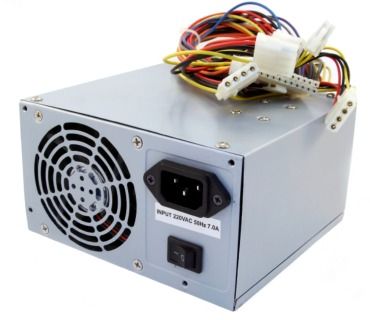
UPS, or in its long form, uninterruptible power supply, is a power supply that contains a battery that keeps IT running once power is lost.
UPSs also have the capability to help reduce the impact of power surges.
An UPS does not run for too long and should not be confused with a generator. Its main function is to keep systems running until power is restored within a short space of time, or make the transition between a primary power source that has failed to a secondary power source (for example, a generator) that will keep things running for longer.
Essentially, it quickly reacts to a power surge and bridges the transition between primary and backup power sources.
They are used in computers, for example, to give users enough time to save their works before the computer shuts down.
When there is a power surge, the UPS helps prevent the computer being affected and damaged by it.
What role do they play in the data centre?
In the data centre space, UPSs assume an even greater role as they can prevent millions and even billions of dollars from being lost due to downtime. They help keep IT workloads online and also protect data centre hardware.
As a result, data centre UPSs help providers avoid damaging their SLAs with expensive outcomes caused by a power interruption or power surge.
A rectifier built in the data centre’s UPS converts incoming alternating current power to direct current power, and converts it back with an inverter.
Power is sent from the UPS to the hardware via the converters and a bypass circuit.
There are also three specific types of data centre UPSs available in the market. These are: off-line UPS systems, line-interactive UPSs, and double-conversion UPSs.
As of January 2016, UPSs can be the one thing preventing a data centre from being faced with a $740,357 bill in case of an outage.
According to the Ponemon Institute, that is how much the average cost of a data centre outage today is. This is a 38% increase compared to 2010, when it was $505,502.
Downtime costs for the most data centre-dependent businesses are also rising faster than average.






